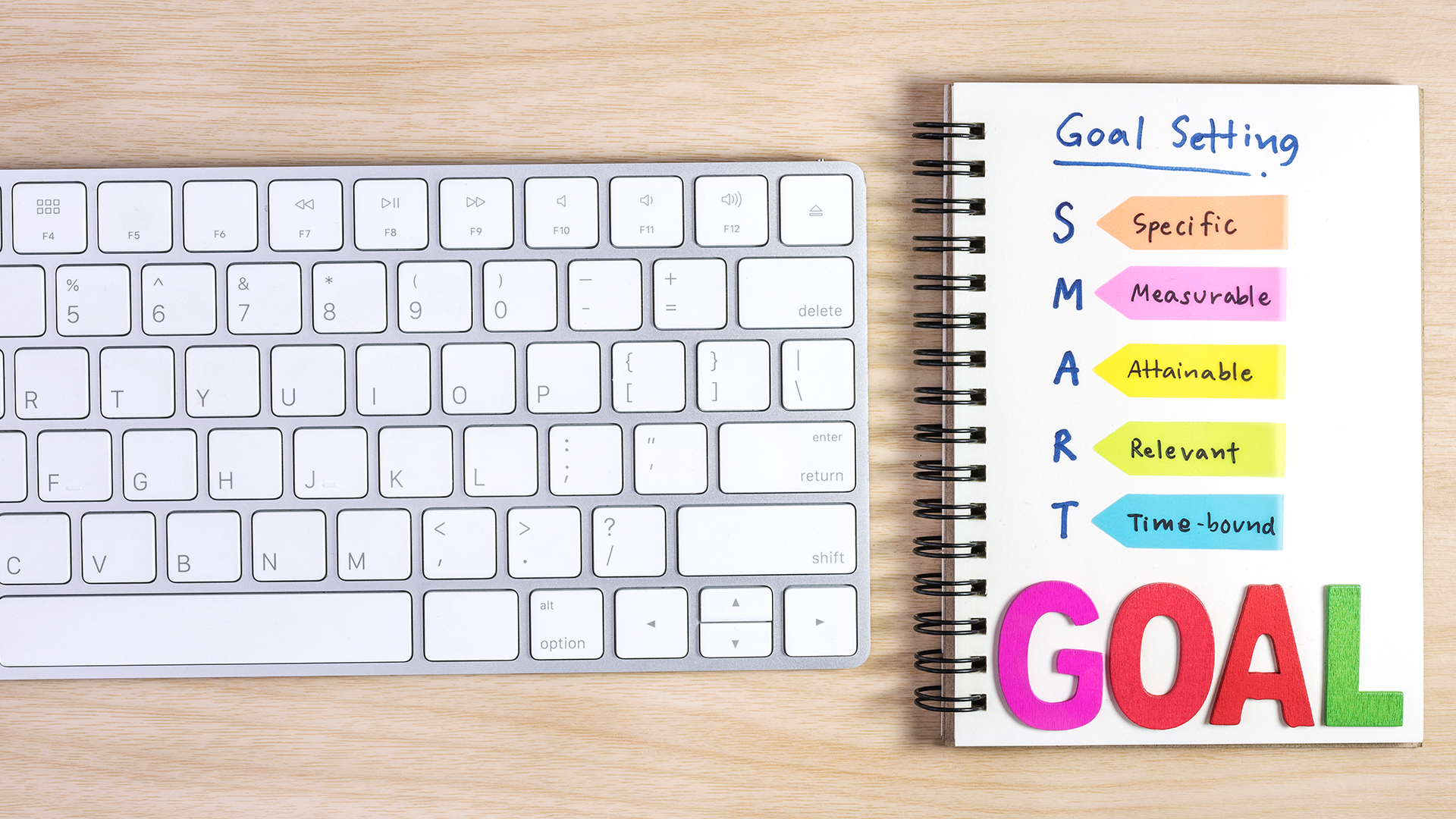The
beginning of a new year is a great opportunity to create new habits that can
help you grow mentally, intellectually, financially, socially, and physically.
We all know that it’s easy to make them, but those pesky new year’s resolutions
are difficult to keep and achieve. Statistics state that 46 % of people that
make a new year’s resolution are successful in keeping it after 6 months. In comparison, of those people who have
similar goals but don’t set a resolution, only 4% are still successful after 6
months. Thanks to these tricks you
will be part of the more successful group. Let’s achieve your goals!
1. Make SMART Goals
The acronym
SMART comes from an academic journal called Management Review, its 1981
edition. It stands for Specific, Measurable, Achievable, Relevant, and Time-Based.
It’s easier to explain what it means with an example.
Specific: Instead
of a simple “Lose weight” write down “During the next six months, I will lose 6
kg and therefore I’m going to avoid eating fast food.”
Measurable: Record
your progress regularly in a journal. If you are in a process of slimming down
write down your measurements or current weight. If you want to spend less time
on your phone, get an app that will track your screen time.
Achievable: Dream
big, but making significant changes fast isn’t rational. Be realistic.
Relevant: The
goals that you set for yourself must be about something you truly care about.
Don’t lose weight because you hate the way look or a stupid comment. Think
about what is good for you in the long term and focus on that.
Time-Based: Decide
when you want to start and finish, pick specific dates of when you start
putting effort and when you should achieve your goal. Take your time and don’t
forget to split your big goal into smaller ones to stay motivated.

2. Create and Measure your New Habits
Many goals
that are easily measurable: you can track your weight; count the amount books
you’ve read or the amount of money you saved. Others are much more difficult to
measure like meditation before going to sleep. You will stick to your new
habit with more ease if you combine it with an already existing one. If
you’d like to journal regularly, do it while you have your usual glass of wine
in the evening. How do you measure these goals? Make a chart, use the
horizontal lines for your habits and the vertical ones for days of the month.
This way you can cross each day when you managed to keep your habit. Make a new
chart for every month and you’ll see your gradual improvement.
3. Make a Vision Board
If you
imagine your ultimate goals in very specific details, you’ll feel a sudden rush
of motivation and determination to turn this image in your head into a reality.
Having a vision board will remind you why you’re doing what you’re doing and how
far you want to go. This very real physical representation of your dreams can
help you see how your everyday actions and habits affect your dreams. You can
also attach the tracking chart for your habits or a picture of yourself when
you were happy with your weight. Don’t forget about the importance of milestones,
they’ll keep you on track and remind you to measure your achievements regularly.

4. Be Ready for Obstacles with WOOP method
We already
introduced you to the SMART acronym and we have another one for you – WOOP.
It’s a strategy that will help you stay positive and at the same time force you
to look at the obstacles you must face. It stands for Wish, Outcome, Obstacle,
and Plan.
Wish: What
do I really want to accomplish?
Outcome: How
will my life look like after I achieve my goal?
Obstacle: You
know yourself the best. Remember what got you off the tracks. What else can
stop you?
Plan: How
can you avoid these obstacles? What will you do differently this time?
You can use
the WOOP strategy whenever you find yourself face to face with a challenge or
you just need an extra motivation boost.

5. Change your Mindset and Don’t Afraid
to Fail
If you’re
trying to change yourself for the better, you should accept the fact that you
will fail, and you need to change your mindset. Only when we get off the
road, we can see the strength of our determination and self-love. If you’re
mad at yourself for eating a single piece of dessert, you can hardly change the
way you see yourself. If you don’t change the way you talk to yourself, finding
motivation after a failure will be extremely difficult. In case you do fail, be
kind to yourself and use the following phrases:
Instead of “I messed up, I should give up,” try “I did it because I thought it was
the right thing to do. I know now, I was wrong. What will I do next?
Instead of: “I am so hungry, it’s unbearable!” try
“If I’m hungry, it means it’s working! Moderate hunger is necessary while
trying to lose weight, I’ve been through worse.’’
Instead of: “I have a terrible headache. I am not working
out today,” try “Workouts are not only about peak performances. What can
I do to feel better in my body?’’

Bonus
Tips
Change is a
difficult process that is why we are giving you some extra tips:
– Reward
yourself
– Stop
living in the future and be present in the moment
– Surround
yourself with the right kind of people
– Write
down your thoughts and feelings
– Accept
discomfort
– Praise
yourself more
– Learn
how to rest
The yearly ritual of making
resolutions doesn’t have to leave you disappointed again. Sometimes the
difference between success and failure is in choosing the right target and
having a plan. Most importantly, don’t forget to be kind to yourself. Be
flexible and celebrate every step in the right direction. It’s not about the destination
you want to reach, but the process of growing along the way.






































